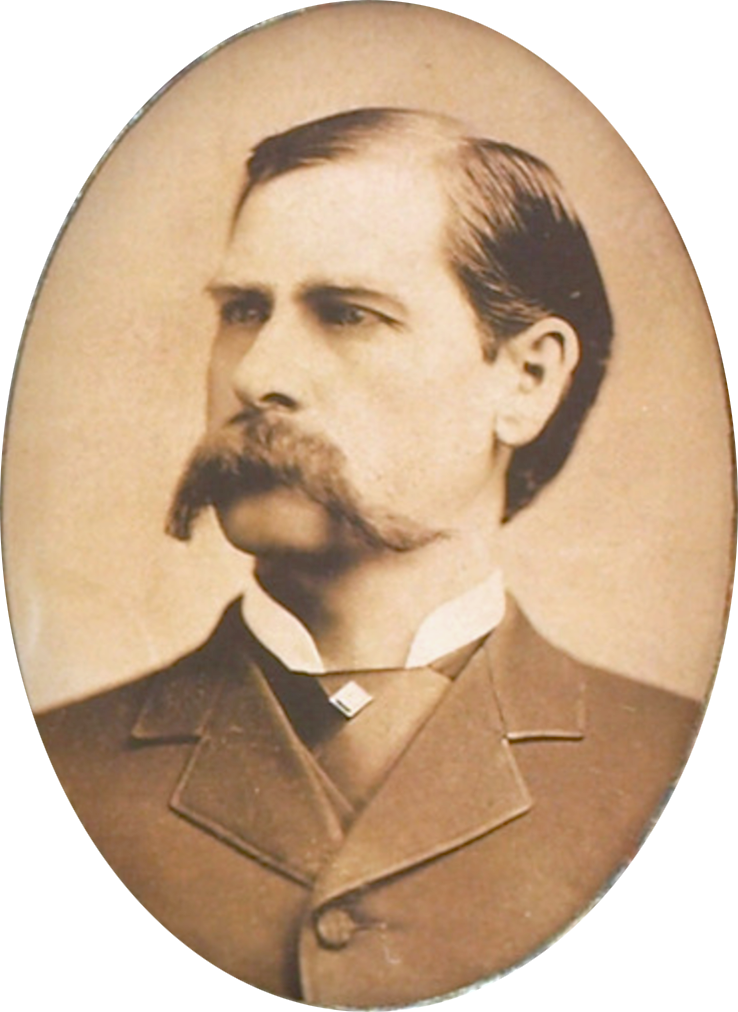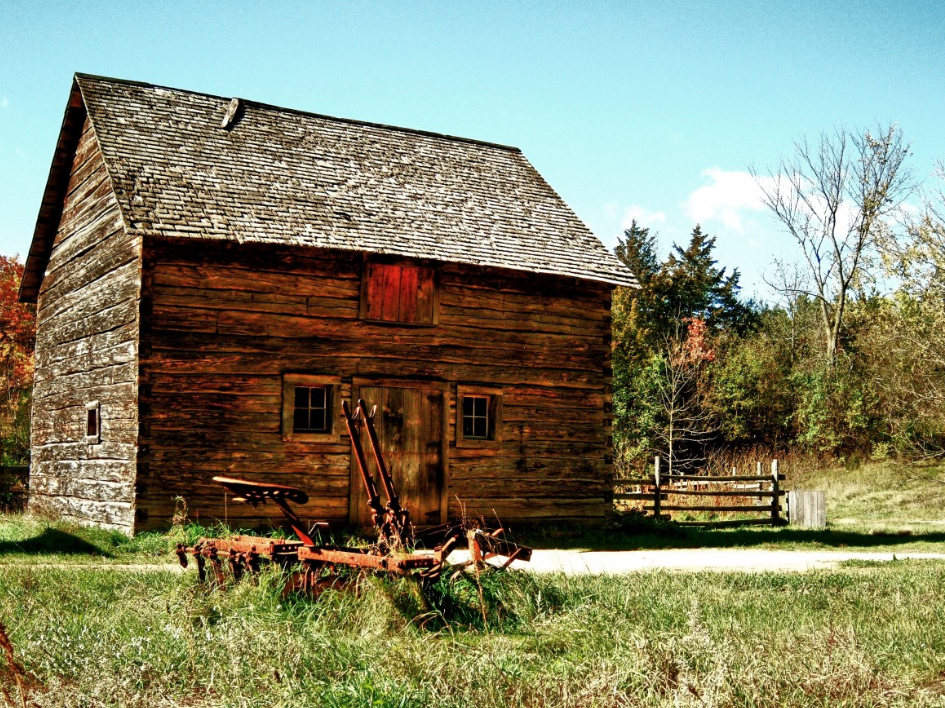Derek and I have some of our best conversations on our walks.
The morning after we started watching Wyatt Earp and the Cowboy War on Netflix, we discussed how good it was. There’s so much more to the shootout at OK Corral than we’ve seen or read before.
I said something like, “I never would have made it in those times.” Meaning, the late 1800s in the US southwest – Tombstone, Arizona, to be specific.
Derek: “Me neither. The lack of hygiene alone would have driven me crazy.”
ME: “I don’t know about that. If you didn’t know any different and everyone else was the same, it probably wouldn’t matter. I was talking more about getting shot because of my smart mouth.”
We think we know what it would be like to be alive 150 years ago, but we wouldn’t have been brought up with so many conveniences. If you don’t know what you’re missing, maybe the harshness of daily life wouldn’t matter. So, I decided to find out.
Health Care or a Lack Thereof
If you didn’t die of smallpox, TB, typhoid, dysentery, yellow fever, measles or the flu, you might get tetanus or rabies. Although the first vaccine was invented in 1796 (smallpox, by Edward Jenner) it didn’t get widely distributed around the world until the 1950s. Vaccines against rabies (Louis Pasteur, 1885) and other always-fatal illnesses followed. It’s interesting to note that many of the men and women who made these discoveries weren’t medical doctors. They were simply fed up with watching so many people die.
Measles, mumps, rubella – those vaccines didn’t come out until the 1960s. Before that, all of these things were potential death sentences.
If you got a gunshot wound, which in the old west was a real risk, the bullet might not kill you but infection surely could. Doctors understood a lot about the human body back then but they didn’t yet realize that unwashed hands led to infection in their patients. When they finally did, it was a game-changer. So, even a minor wound could take you down. And that’s despite the application of leeches to improve blood flow and the heebee geebies.
The Beauty Routine
Women were hairy. A woman shaving her leg and underarm hair was mostly an upper class thing and there was no Lady Schick around, either. A woman of means would have her chambermaid shave her bits and pieces with a straight razor.
For shampoo, they used coconut or palm oil with added floral essence. The oldest shampoo maker, Schwarzkopf, didn’t put its formula out until 1903. And instead of gel or another hair product, they used lard or tallow.
Rinsing your hair and everything else wasn’t easy with no running water. On the frontier, people bathed in ponds or rivers. Or they took a sponge bath, usually with cold water that had to be brought to the house from a body of water or a well. Heating the water was a time consuming luxury.
Indoor bathing, if you had a vessel big enough, was a family affair that took place once a week. Saturday night was usually bathing night so you were clean and fresh for church on Sunday. Dad bathed first, followed by mom, and then kids in order of age. What a drag to be the youngest in a large family.
So, you were hairy and smelled like cow fat. It’s amazing any babies were made back then.
Be Careful What You Eat
There were no standards for food safety. Mostly, you made your own, but if you had a bite at a tavern and ended up with Bovine TB from the milk, tough luck. Children were especially vulnerable.
Fresh fruits and vegetables were starting to make their way to the middle class in cities thanks to refrigerated rail cars. But they were still luxuries for most people. Meat and potatoes made up most of the average person’s diet. Baked beans, oats – foods that were cheap and cooked in big batches dominated. You could get your own milk from your cow and make your own butter.
In the cities, restaurants and department stores started popping up but in the old west, Wyatt Earp and his pals would have to rely on the kindness of lady friends or fry up their own bread and beef. If they wanted something more complex like pie, they’d hit the tavern and wash it down with a cold beer or a whiskey.
They didn’t call the US southwest the dust bowl for nothing. Growing your own food was a hard go – the soil was dry and difficult. Farmers mainly grew cotton, tobacco and sugar – stuff that was easy to sell but not so great for dinner.
Round Round Get Around
Don’t like a bumpy ride? Well, you’re out of luck because horses and buggies provided the transportation of the day. America started building railroads in the 1820s but it was many decades before it reached all corners of the country. Most major cities were connected in the 1860s. But the US southwest, such as Arizona where Earp and his cronies lived, was the last to get hooked up with the rest of the rail network.
Cars were not commonplace until the 1920s. Bicycles were around but they only really took off in the 1890s. Can you imagine a gunslinger pedalling up to a showdown, ringing the bike bell and toting his six-shooter in the basket? It just wouldn’t happen. Bikes were more of a city thing at first.

Dressed to Kill
Earp and his brothers and pals were always well dressed with a vest, jacket and a collared shirt. Some, like Wyatt, wore a hat and occasionally a tie, even on blistering hot days.
Women’s fashion was painful. A whalebone corset? Thank you, no! Breasts were either pushed up to the throat or covered completely by a high, buttoned neckline. Those dresses would not flatter me with their tiny, cinched waistlines poufing out to a wide booty. Imagine how much dust those long skirts picked up on dirt streets. On the one hand, it would make cleaning the floor a little easier – just drag your hem around a couple of times.
Women didn’t wear pants. Even sharpshooter Annie Oakley, who rose to fame around the same time, made mincemeat of competitors while wearing a dress. (A widespread story about her stealing a pair of trousers was proved false.) I appreciate a nice dress but not when I have to wear it by force.
Home on the Range
There was one style of home in the US southwest in the late 1800s: rustic. A fireplace, a couple of rooms, a place to cook and a place to sleep. You’re indoors – what more do you want? On the one hand it was simple. No worries about following trends of colour palettes or decor schemes.
Washing clothing and linens was difficult so it wasn’t done very often. You soaked your laundry in a tub filled with boiled water. The wringer-washer was only invented in 1880. It didn’t find its way into most homes for several more decades. Modern washing machines weren’t standard until the 1950s.
The toilet had been invented in 1850 but there were problems without a comprehensive sewer system. People either – please put down your sandwich – threw waste outside or had to dig a huge vessel below, and that could explode due to a buildup of gases. Then there was the risk of setting your nightclothes on fire if you needed to pee in the middle of the night. That candle you carried for light was a hazard. Most US homes didn’t have electricity until 1960 – a long time to cross your legs and hold it.
Conclusion
We wouldn’t have made it. If we had the personalities we have today, we wouldn’t stand a chance. As a woman, the lack of options and opportunities had to have been frustrating. If you didn’t cook all day, your family didn’t eat. Or you could be a tavern whore. Not much of a life either way.
We – our society – is a pampered, entitled, soft bunch of folks by comparison to those old westerners. In some places, you’d get shot without much forethought. We’re awfully lucky to be alive now and I’ll take pampered and soft any day over corsets, beefy hair products and cold water baths with the family.
*Top photo of 1800s farmhouse by William Garrett


Good morning Lisa. I loved your blog today….so interesting. I was fortunate to have grown up with my Great-Grandmother still living. We spoke about life when she was young (she was born in 1881). She told me there were removable pieces on the bottom of dresses that she would take apart to wash as they were always muddy, dirty.
My Mother’s wedding dress had such a tiny waistline and the bodice had whalebone in it for structure. She pointed that out to me one day while I was marvelling at the tiny waist (that I never could even imagine wearing).
I hope you & Derek are well & enjoy your weekend.
Thanks again for the history….always ‘must read’ for me.
How great is it that you had your Great Grandmother around to talk to. I have never heard that about the skirts – smart! Thanks for the info, Brenda.
Hi Lisa! As always I really enjoyed the blog today. So many things I never thought about before! My first thought was can you imagine how the smell alone, let alone the greasy hair etc, would attract flies? Ewww! Have a great day and weekend!
Right?? BO mixed with grease – ewwwwwwww.
I am thinking if you transported Wyatt Earp into our modern world somehow, the first thing he would notice is it smells a lot better than back then!
I think you’re right! “Hey Wyatt, here’s the shower, and this here is deodorant!”